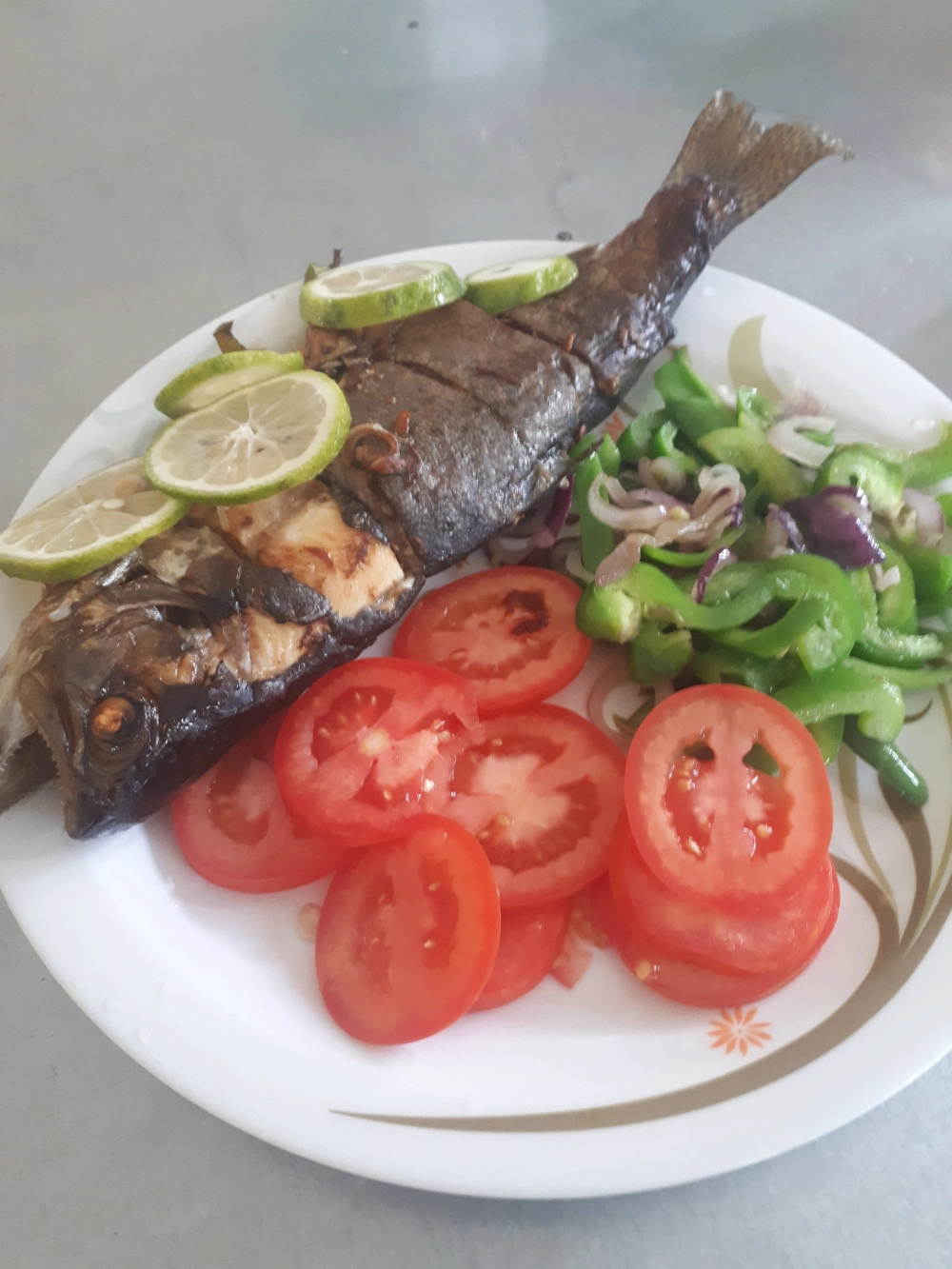FAQs
Starting aquaculture as a business needs good planning and commitment. Before you start, ask yourself whether:
i. There are adequate and profitable markets for the fish you want to grow
ii. You have a good site to grow fish.
iii. You have enough land, water and finances to be able to produce the amount of fish you want
iv. Your financial projections are realistic
v. You can get good support services
vi. What you want to do is legal as required by the laws of Kenya
The culturable species are grouped into warm and cold water fisheries. The warm water fisheries include Tilapia, Catfish and Common carp which are cultured in relatively low altitudes. Cold water fisheries include the rainbow trout which are cultured in high altitudes with low temperatures of less than 150 C
Yes, it is profitable if properly executed. The demand for fish and fishery products is ever-growing in the nation and globe at large hence creating a ready market. The fish caught in capture can not meet the demand and need therefore to farm fish to be able to meet the gap.
Fish is cultured in a good site which :
i. Located in a region suitable and allowed for fish farming.
ii. Has climate suitable for the growth of the fish.
iii. Is well drained and protected from floods.
iv. Topography and soils are suitable for the construction of ponds.
v. Has adequate and preferably free-flowing good quality water supply.
vi. Is accessible throughout the year.
vii. Has adequate space for future expansion.
viii. Is located on-site acceptable by the laws.
Fish farming like crop and livestock farming is done at different management levels. Management levels include; extensive, semi-intensive and intensive fish farms. The choice of the production method will depend on:
· The fish to be grown
· The availability of the needed technology
· Potential prices of fish.
· Available resources.
· Availability of essential inputs for example feeds power, skilled labour, and professional expertise.
The fish can be cultured using the following culture systems; ponds (earthen and linear), raised ponds, cages (in dams,rivers and lakes) , raceways and Recirculatory Aquaculture Systems.
Fish farming requires quality fingerlings and as such attached below is a list of certified hatcheries in the country.
|
No. |
County |
Name of hatchery |
Species cultured |
Contact/Owner & Address |
|
01 |
Kiambu |
Kamiti Fish and Integrated Farm |
Nile tilapia, Catfish and Ornamental |
Owner: Susan Njeri Kamiti Road, Dam View Gardens Contact: 0722 599 995 Email: kamfiifarm@gmail.com |
|
|
||||
|
|
|
|||
|
|
|
|||
|
02 |
Murang’a |
Bendor Fish Farm |
Nile Tilapia & Catfish |
Owner: Chris Kirubi Kahini, Gatanga Contact: 0713 575 799 (Manager) Email: johnywatanga@gmail.com |
|
|
|
|
||
|
|
|
|
||
|
|
|
|
|
|
|
03 |
Murang’a |
Makindi Fish Farm |
Nile tilapia @ |
Owner: Francis Mwangi Old Murang’a Road, Thika Greens Golf Course, Kenol Contact: 0722 450 468 Email: info@makindifish.co.ke sammymwangi058@gmail.com |
|
|
|
|
Catfish |
|
|
|
|
|
|
|
|
|
|
|
|
|
|
|
|
|
|
|
|
|
|
|
|
|
|
04 |
Kiambu |
Samaki Tu Hatchery |
Nile tilapia |
Owner: George Kamau Muhoho |
|
|
|
|
|
Kiahuria Estate, Mang’u village, Witeithie |
|
|
|
|
|
Contact: 0738 323 971 (Manager) |
|
|
|
|
|
Email: nyagapeter@gmail.com |
|
05 |
Kiambu |
Pegy Farm |
Nile tilapia, Catfish |
Owner: Charles Kung’u |
|
|
|
|
& Ornamental |
Kigongo in Katitu |
|
|
|
|
|
Contact: 0728 930 726 |
|
06 |
Embu |
Pescado Limited |
Nile tilapia, Catfish |
Owner: Fiona Kendi Njagagua |
|
|
|
|
& Ornamental |
Siakago – Nthawa Road |
|
|
|
|
|
Contact: 0723 466 492 |
A fish movement permit is issued to traders allowing them to move fish and fish products within the country. The issuance of the live fish movement permit is regulated by the Kenya Fisheries Service (KeFS), through the office of the County Director of Fisheries. For more information on how to obtain a live fish movement permit, click the link
Export of fish & fishery products is regulated by the Kenya Fisheries Service (KeFS), who issue an export permit for each consignment to be exported. A fish health certificate is issued after the consignment has been inspected to ascertain it is free from diseases.
For more information on how to obtain a fish health certificate for consignments click the link below:
Processed fish for export may be processed from land-based or water-based facilities which must be licensed by the Kenya Fisheries Service (KeFS), after a series of inspections of the establishment or fishing vessel, and test-run of the processing of fish. For more information on click the link below
Trout farming in essence is not difficult, though like any other enterprise it requires a great deal of experience from those considering the possibility of investing on a trout farm or hatchery and for those interested in taking up work on a trout farm. The following are important considerations for trout farming;
· Clear cold running water(15°c-18°c) for growth
· Feed of high protein diet above 40%
· Requires well oxygenated water (above 5mg/l)
· Natural feeds on small macro-organisms
· Does not breed in captivity thus ARTIFICIAL SPAWNING is done at hatcheries(9°c-11°c)
· Labour and capital intensive
Kiganjo national trout hatchery offers technical advice and sells fingerlings to upcoming and existing trout farmers. In addition, they also host educational tours on cold water fisheries.
· Trout dishes are very popular in America and Europe. Therefore, they are a quick sale in our local tourist hotels and lodges.
· In addition to these seemingly insatiable markets, the local market for trout fish is growing rapidly too.
· Currently, the estimated demand for trout in Kenya stands at 10 tonnes per month.
· Trout fetches handsome prices in markets unlike other farmed fish.
· There is also a growing demand for trout fingerlings.
Mini Gallery
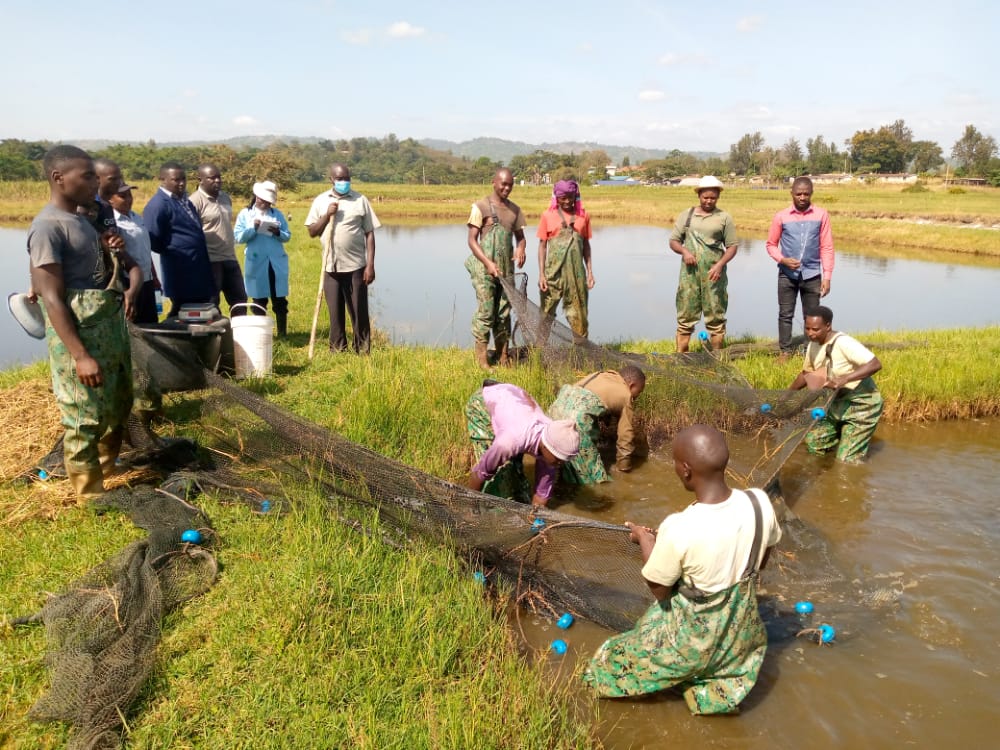
_0.png)
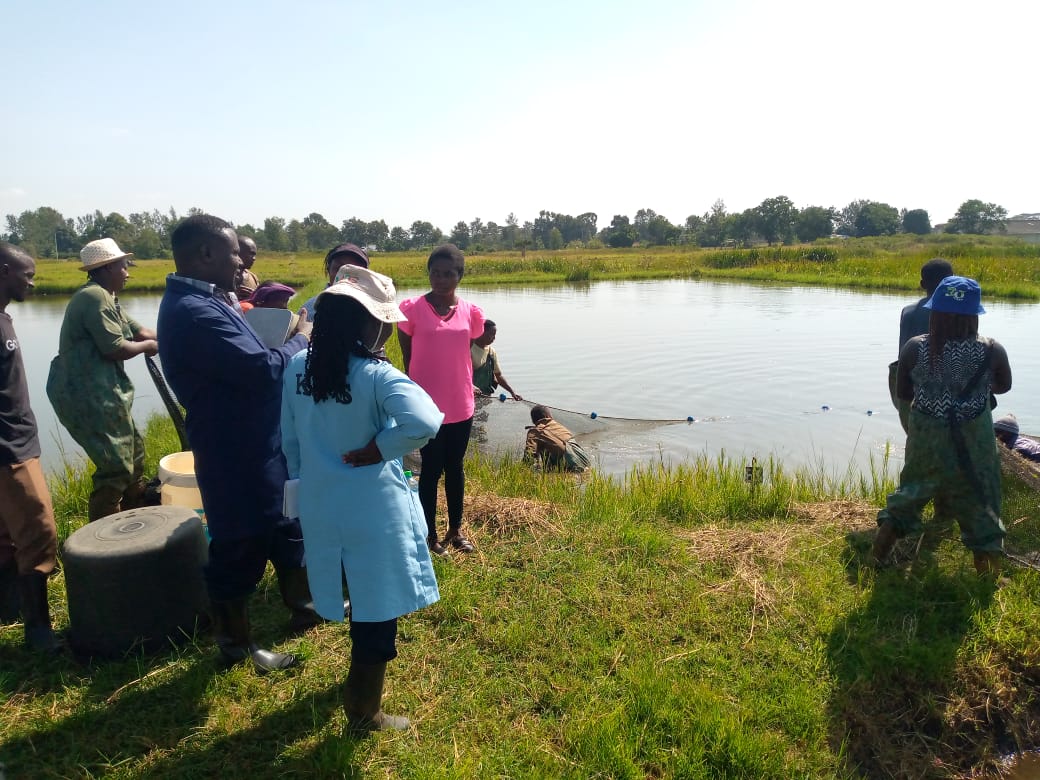
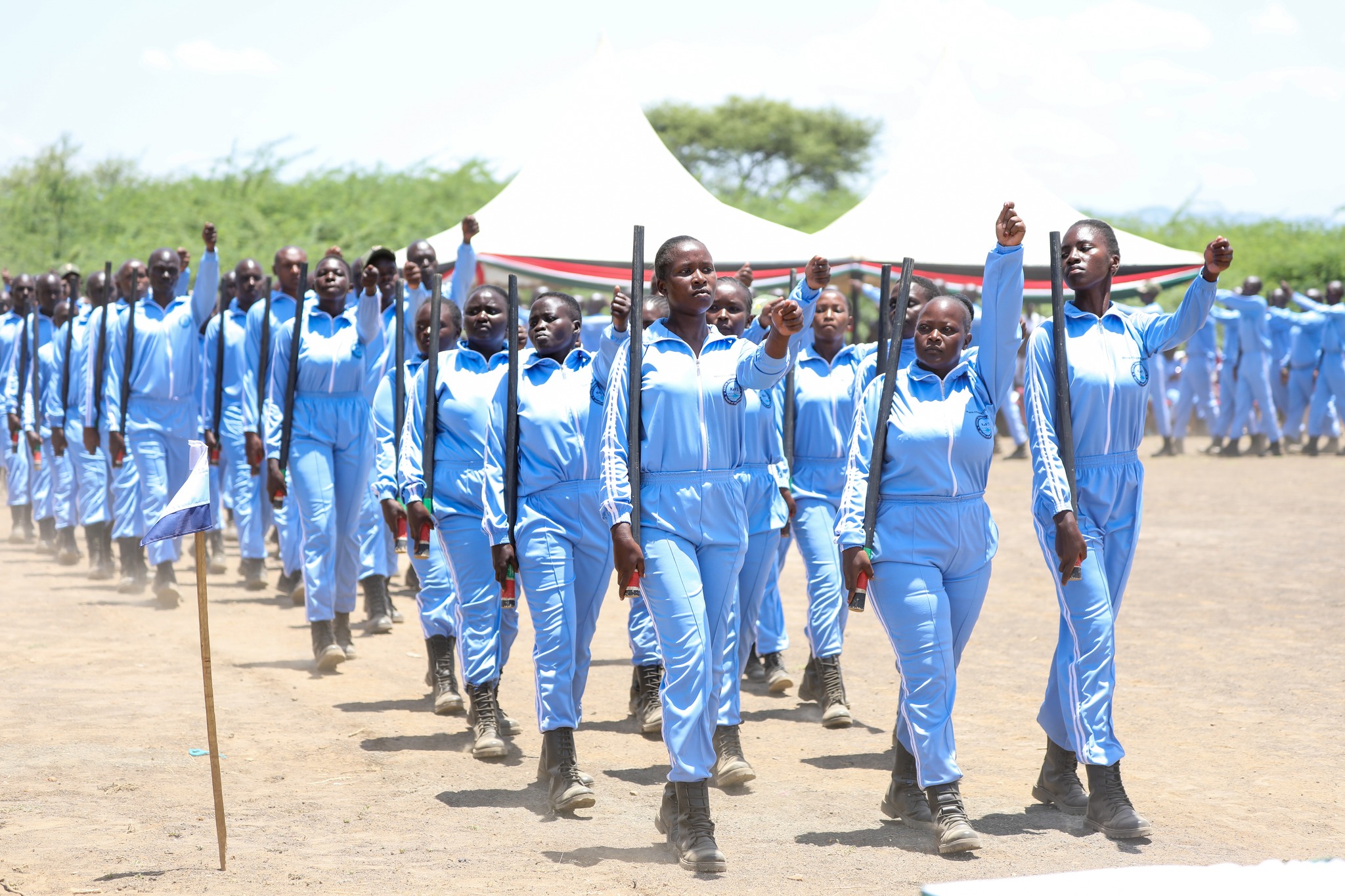
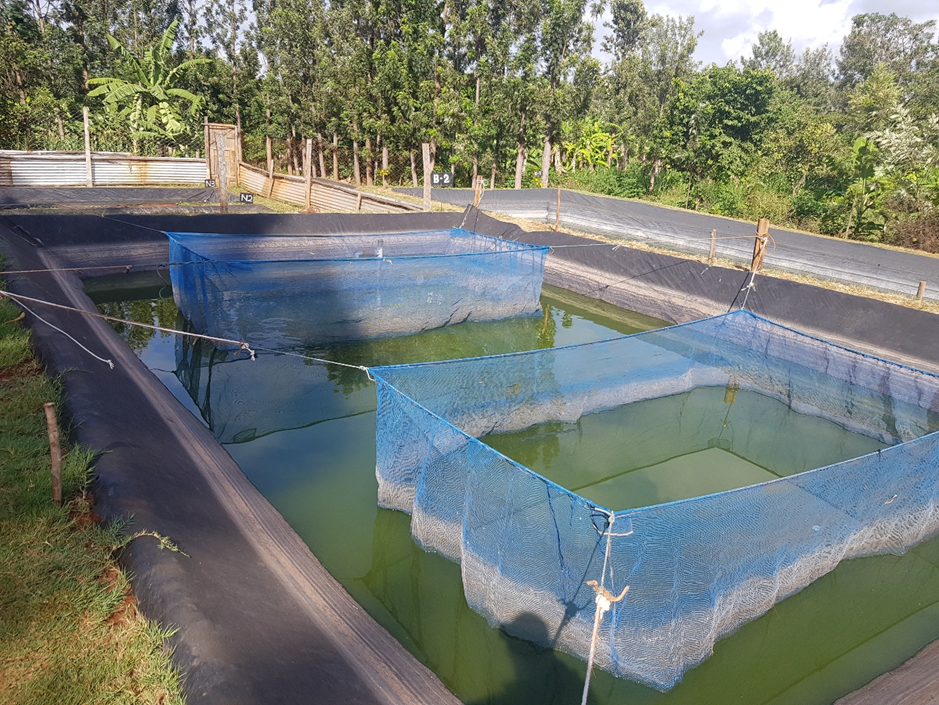
.png)
